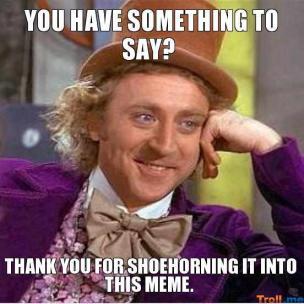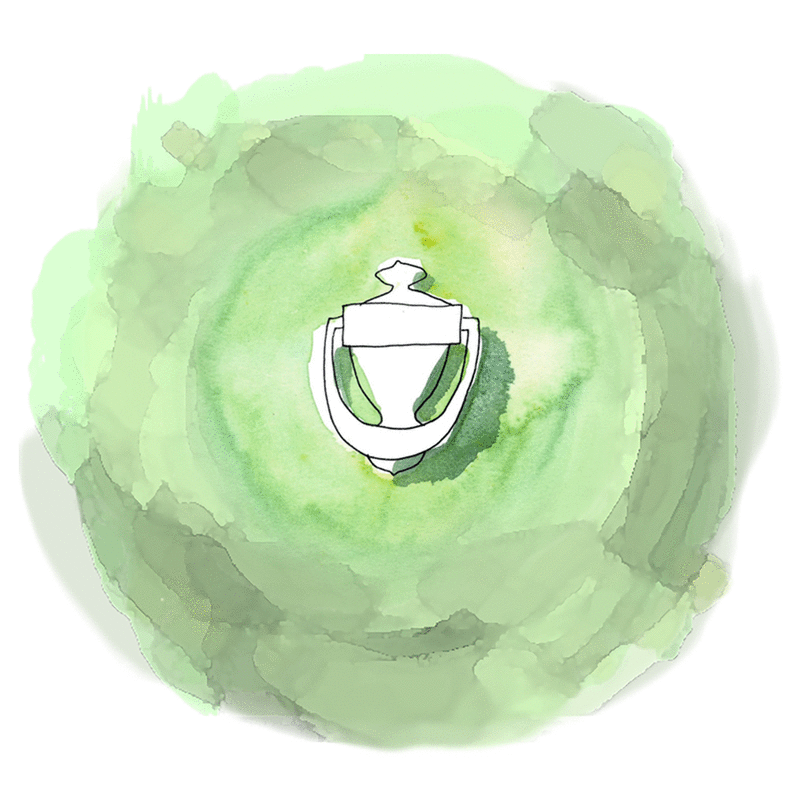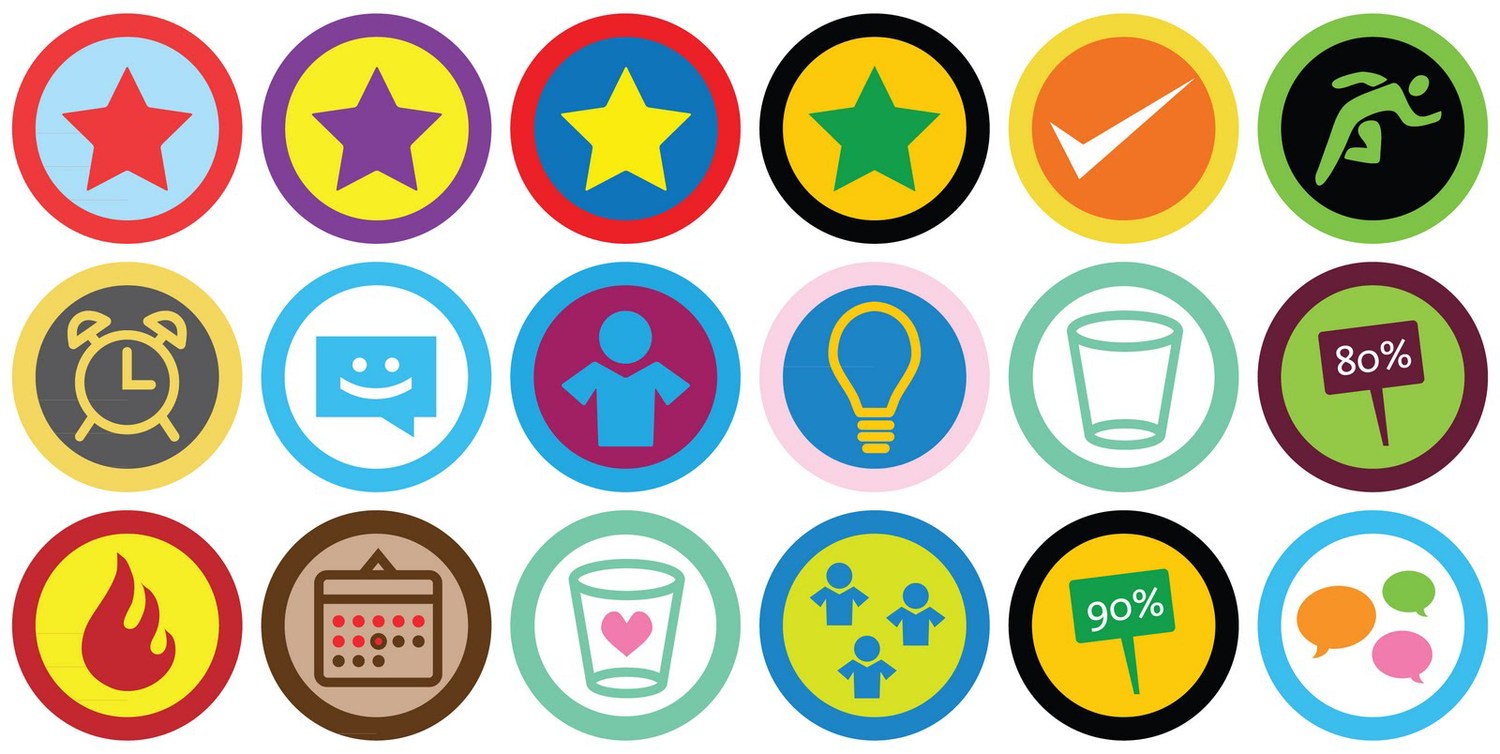
People often ask me about “Gamification” and “Badges”, two words that make any game designer cringe. Badges are the most visible but reductionist and often harmful version of an otherwise complex study. “ification” or “ify” usually suggests that something is NOT something and you’re shoehorning it to make it that.

A dead giveaway is that nobody who works with AAA games or high-quality games talks about badges or gamification. Why? because those things are already fun. You don’t need to “ify” Portals, it’s already a pretty fun game. Is education so impossible that we have to “funify” it rather than just make it fun? Why do we need to hack education and culture with gimmicky level ups rather than just make it engaging? I think that’s lazy on our parts. We want to teach the same old way we’ve always taught (even though kids in today’s world respond to information in a totally different way than they ever have) but we’ll throw them a bone and give them a meaningless prize for slogging through our bad design. Shame on you, gamification. We don’t need to “gamify” education, we need to bake fun, engaging, interactive strategies for teaching right into the heart of it.

As for badges: I do have some experience. We had badges at SCVNGR and while SCVNGR had a lot of good parts to it, the badging was totally useless. One time we sent out a “Kim Jong FUn” badge and everyone got it for no reason…which pretty much undermines everything. I’ll never forget Jeff Kirchik on calls trying to explain to Universities why he had the “Justin Bieber badge (“So on this screen are my badges… I didn’t actually earn the JB badge… in fact I don’t know why I have it. In fact I hate Justin Bieber.”) I think to be successful, badges have to serve one of two purposes: either they show progress/success or they build community. Most badges are just progress bars essentially- it’s just a more colorful way to show people that they succeeded. SCVNGR badges failed because we really gave them out randomly– they didn’t mark any sort of success or mastery or progression.

I think one group that works with earned badging well is Code Academy (http://www.codecademy.com). It’s challenging content and they show you a nice grid of what there is for you to learn- it’s essentially a curriculum but it looks like badges. Every badge you win gets you closer to being able to actually have a marketable skill. I hear Duolingo does that as well (I haven’t played its recent iteration) but the badges mark your progress on learning a marketable skill- a language. I think kung-fu belts are another good way to see this. Or grades. Alone, the belts are just a colored strip- the grades are just a letter. They’re only worth something if everyone agrees that these random symbols can represent that the user has achieved mastery on some level.
The other type of badging is community badging like Foursquare or Ingress. Foursquare was interesting because you knew the other players (usually). You could steal badges from them or compare badges. Girl Scouts have a similar dynamic. You all work together as a community to get that badge and you display it publicly so everyone can see how much you belong. The badge doesn’t necessarily show mastery of a topic as much as it shows the amount of time you’ve spent with the community. Ingress also has a sort of social-badge system where you level up and when you’re a level 8, you can do all sorts of extra stuff. Level 8’s help level 1’s and level 1’s work hard to become level 8’s so they can hang out with the cool kids. (SCVNGR wanted to be a social badging system but it didn’t work because players weren’t a close-knit community and a lot of the badges were given at random.)
The trouble with badges is that it’s usually a colorful band-aid that people put on bad design. People don’t care about badges, they care about success and community, which can be represented by badges. This quick article I thought hit it spot on: In 2014, Gamification isn’t working the way they thought it would, mostly because of MEANINGLESS POINTS AND BADGE (it took them this long to figure this out?):
http://www.gartner.com/newsroom/id/2251015
I think it really hit a nerve with those of us who’ve been saying for years that good game design is just good educational design.
http://www.artefactgroup.com/content/tool/gamification-fail/
After a while even Foursquare got smart and realized that their badging/gamification system wasn’t the right approach to achieve their user and business goals:
http://www.gamification.co/2013/03/15/the-removal-of-foursquare-gamification/
Badges and Gamification are good in that they maybe interest people who wouldn’t think about games and playful design otherwise. It’s a great gateway but it’s only an entry. The trouble comes when people insist on making the gateway the practice itself. I HAVE to have badges. I want to tag “gamification” onto this system and not change anything else at all. There are situations where badges and gamification are what’s needed but best to go through a solid design process first and figure out that it’s actually what you need. I’m all for the terms to bring people into the practice of playful design but once you’re through, keep an open mind! There’s so much more to game building than Badges!!


Leave a Reply